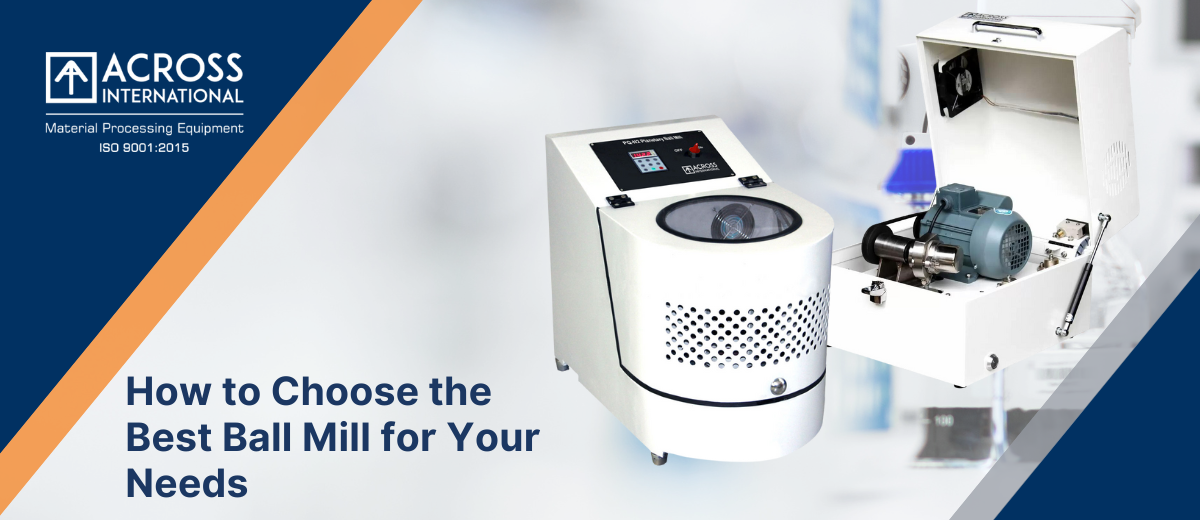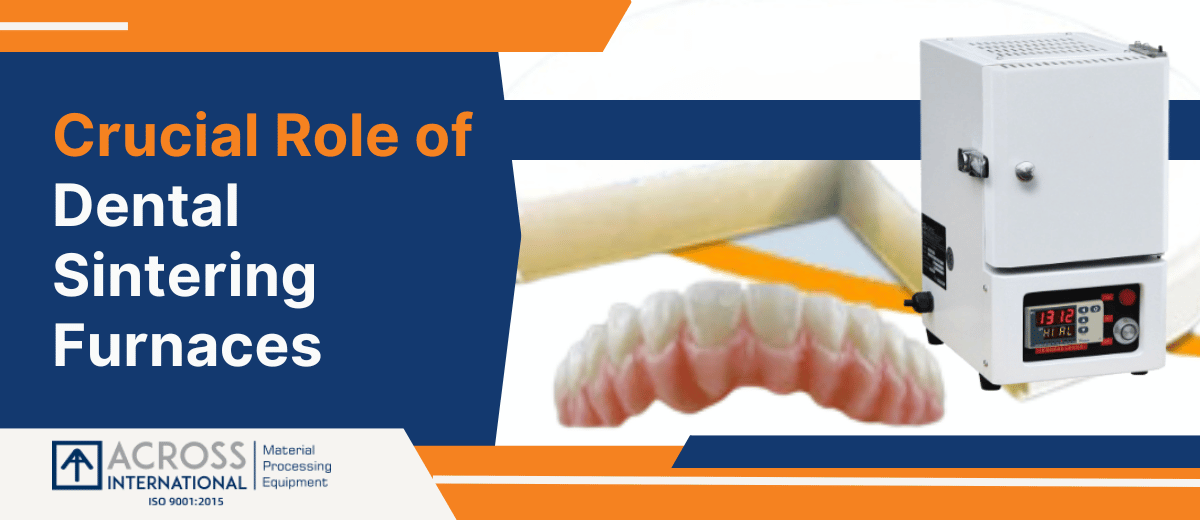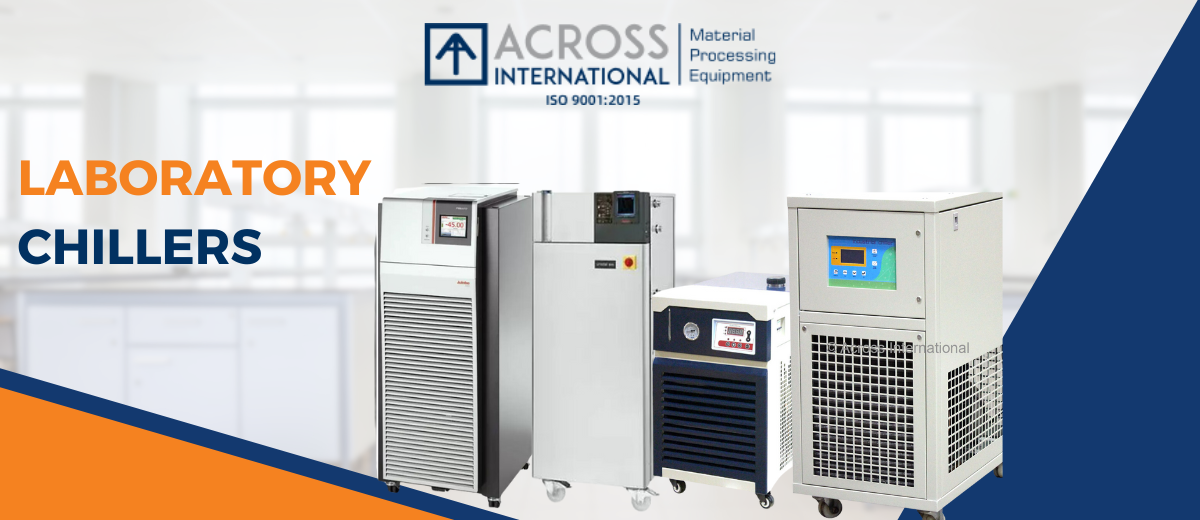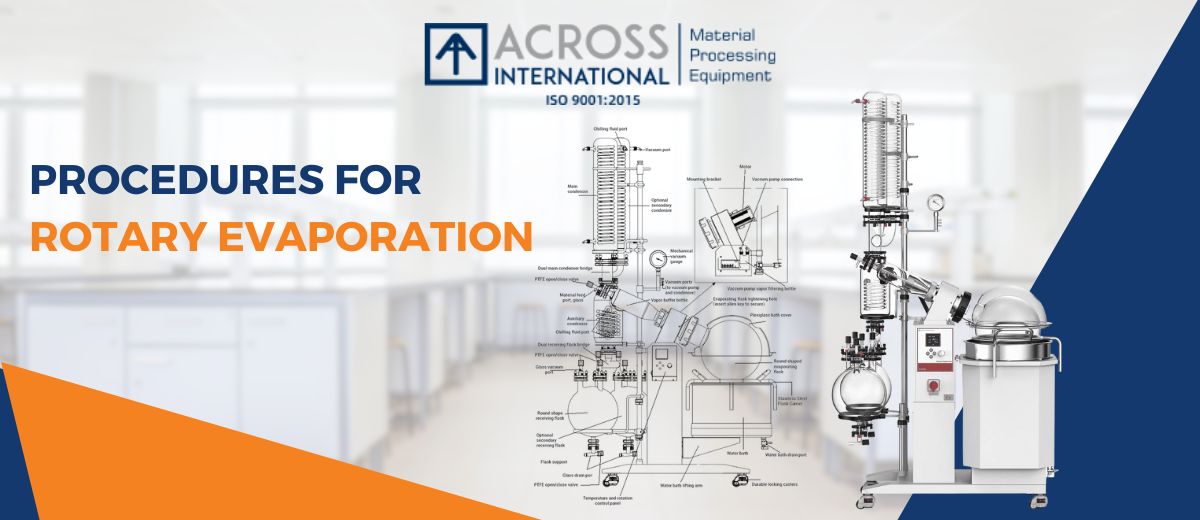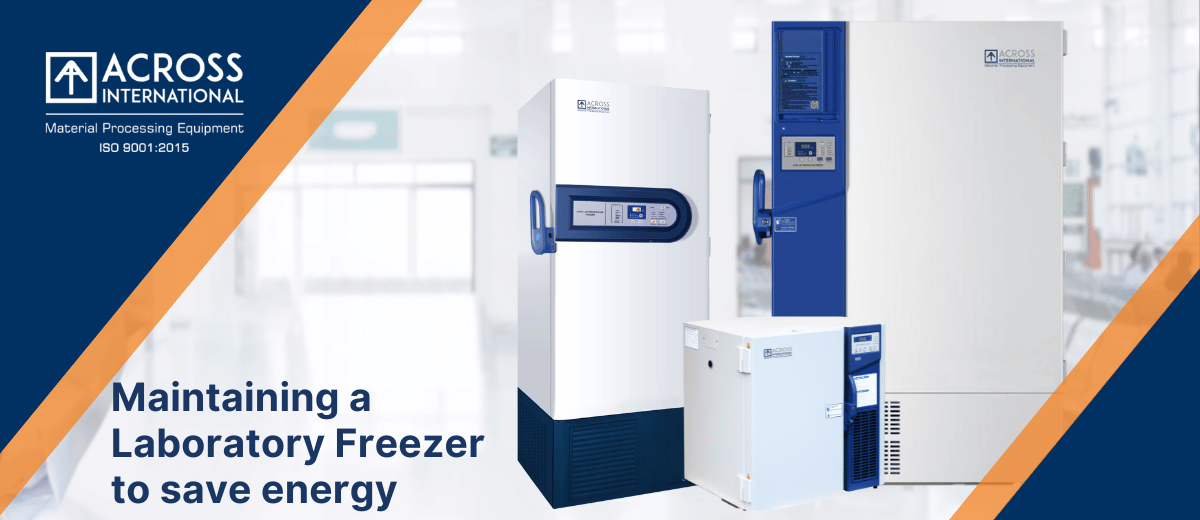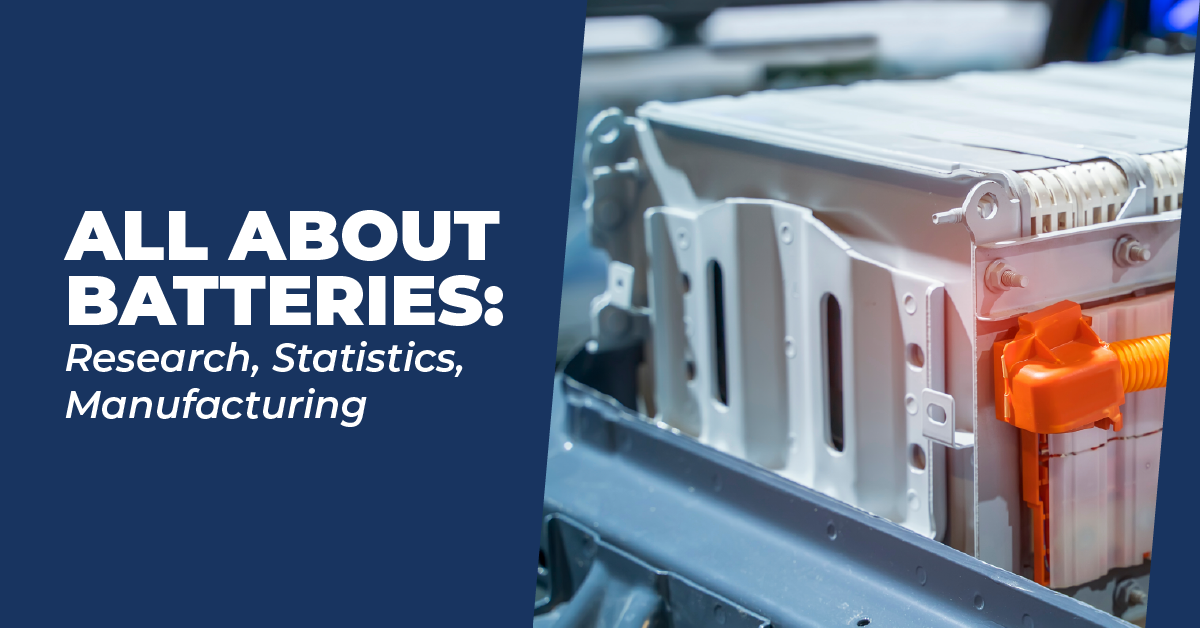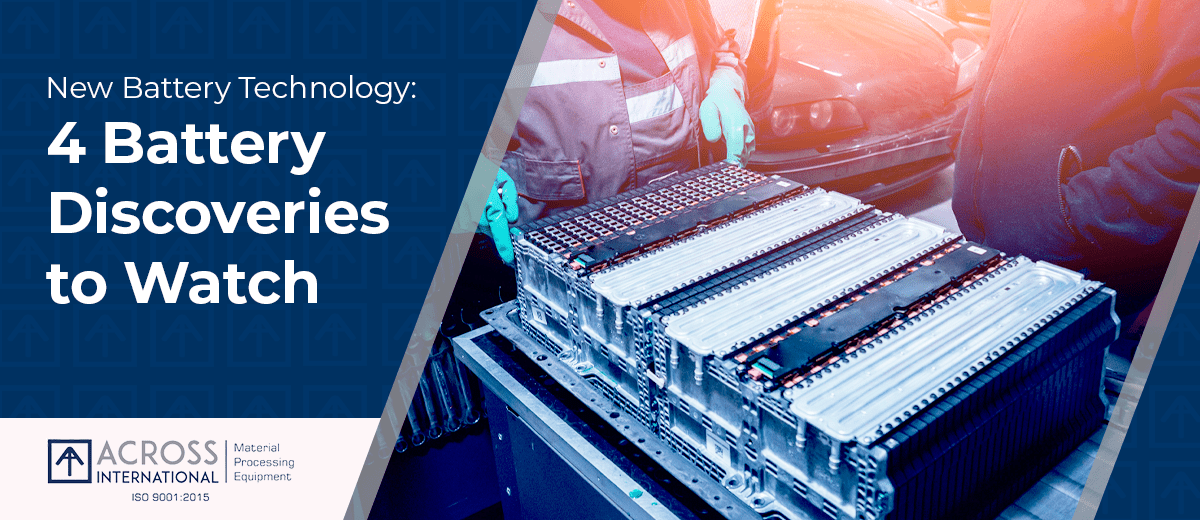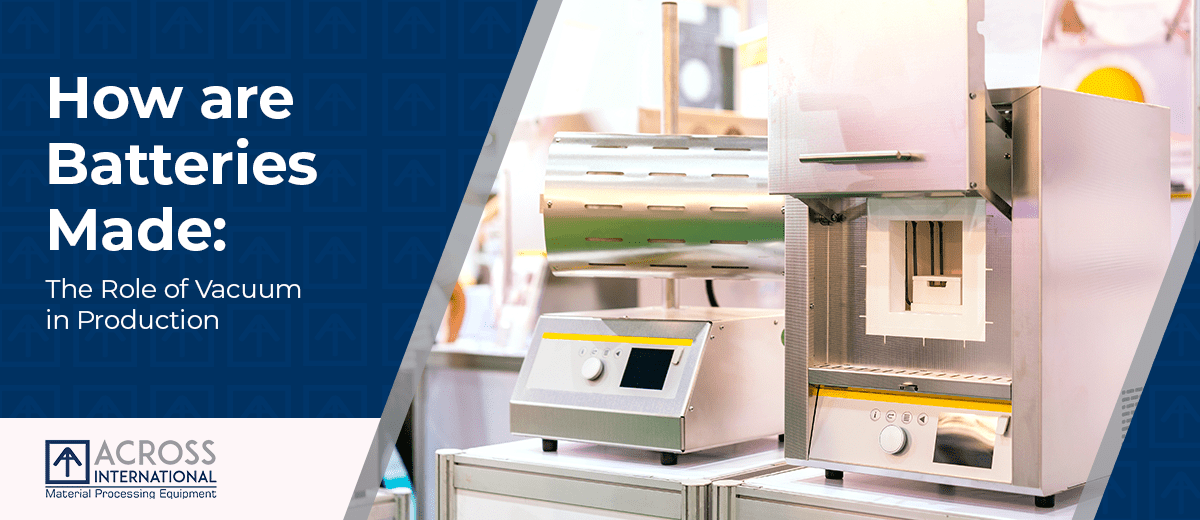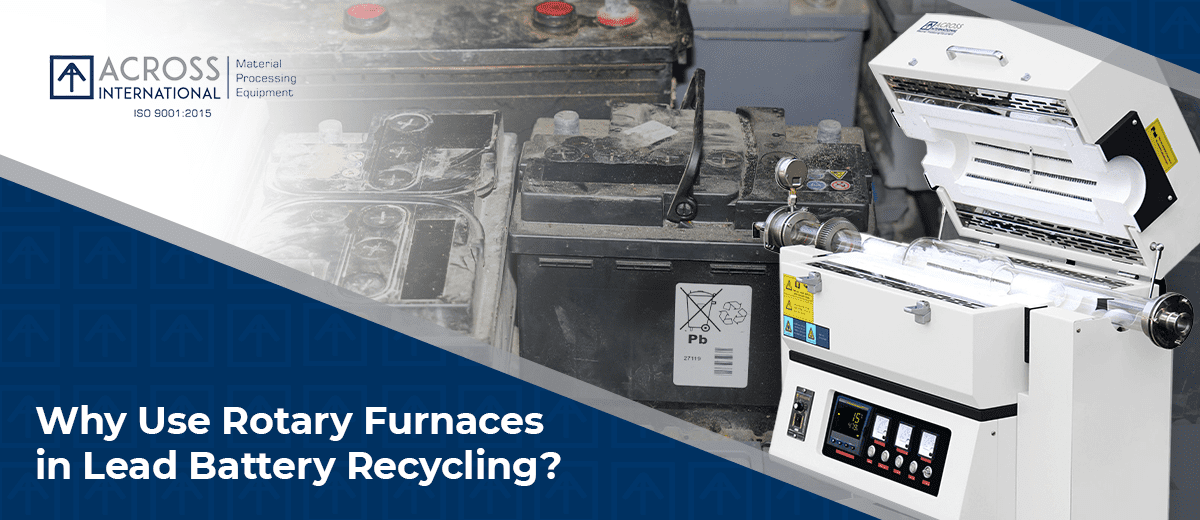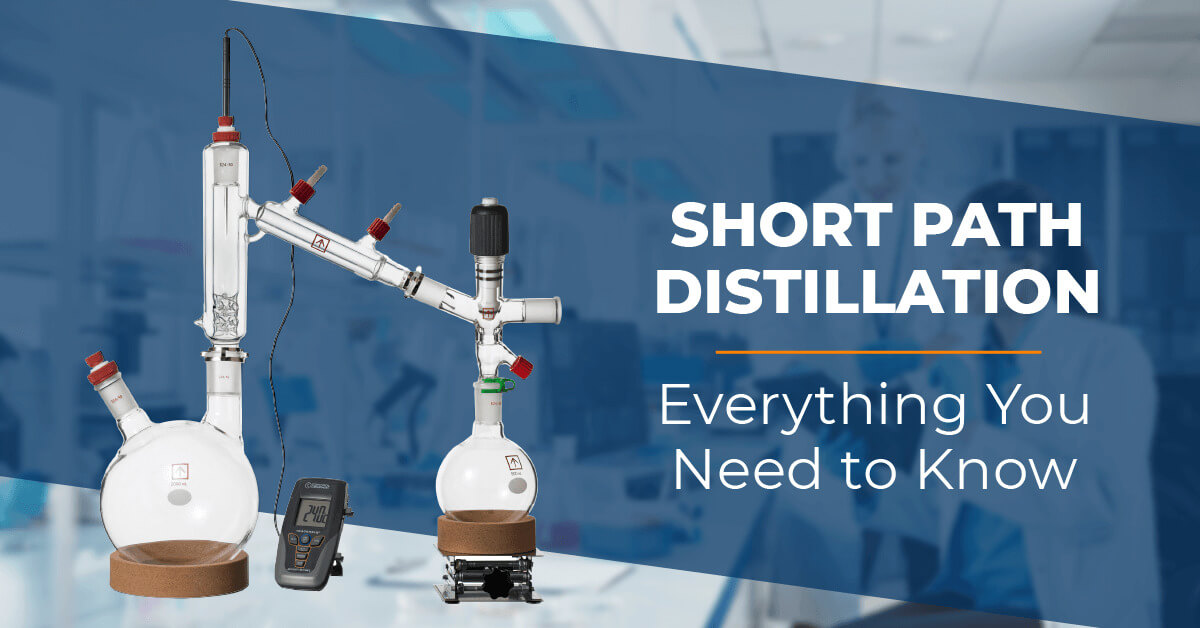We use cookies to make your experience better. To comply with the new e-Privacy directive, we need to ask for your consent to set the cookies. Learn more.
What is a Vacuum Oven and Does Your Lab Need One?
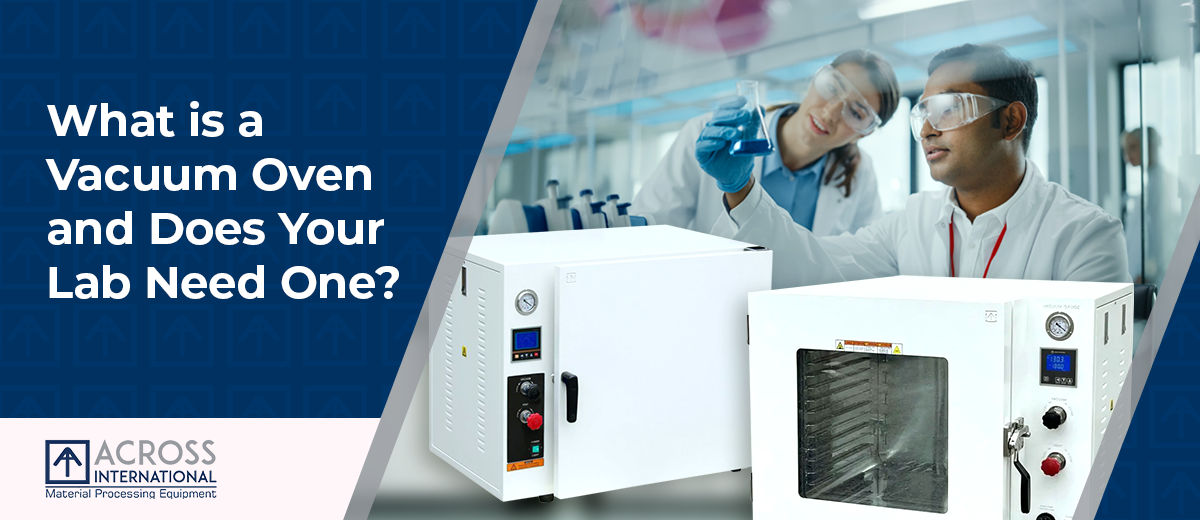
You've probably heard about gravity convection, mechanical convection, safety, and vacuum ovens. These ovens are staples in a laboratory. Other than drying, these ovens are suitable for many other things, like sterilization, annealing, burn-in testing, and incubation.
For the best drying oven, a vacuum drying oven is an excellent choice because it is versatile. It's ideal for a wide variety of applications, from plant drying to battery production. Thus, it's a good investment for your lab because you don't have to buy multiple pieces of equipment to perform different processes – you only need a vacuum oven.
Keep reading to learn what a vacuum oven is, what it is for, and its advantages.
What is a vacuum oven?
A lab vacuum oven is a piece of equipment that effectively removes moisture, gas, and other chemicals from a substance without oxidation or other unwanted reactions. Other ovens often perform combustion processes to achieve desired results. But with a vacuum oven, the vacuum chamber reduces pressure and boiling point while evaporating unnecessary substances even at low temperatures.
Here are some distinguishing features of a drying oven:
1. It uses dry air to remove humidity. This lab oven is routinely utilized to evaporate combustible liquids or small and dry substances.
2. Vacuum ovens feature an exhause port that vents moisture away from the materials for drying and function at relatively low temperatures. Moreover, the oven's low-pressure interior lowers the temperature at which liquid water turns into a gas.
3. These ovens can operate at temperatures of up to 250°C.
What are vacuum drying ovens used for?
1. Moisture Removal
Vacuum ovens remove moisture at low temperatures because of the low pressure inside the chamber. As such, they're ideal for materials that are highly combustible or are sensitive to high heat. Vacuum ovens are typically used to eliminate extra moisture or to dry fragile items like microchips and medical equipment, usually at the last production stage.
2. Off-Gassing
Off-gassing, also known as out-gassing, is a process that involves expelling all the toxic chemicals from the surface of metallic materials. A vacuum oven makes this process easier since all it takes is placing the object inside the heating chamber and setting the temperature.
The oven removes moisture and other unnecessary chemicals from the material that sealants and lubricants may have left behind. Getting rid of these moisture sources is crucial because they may interfere with the object's performance and usability.
3. Chemical Reaction Prevention
A vacuum drying oven gives you more control over what happens inside the chamber compared to other types of lab ovens. Since it operates at low temperature and pressure, it gives you more leeway to adjust these variables to trigger the required chemical reaction. Having this level of control also significantly affects the quality of the final product and may save more time in certain situations.
For example, because of the low temperature, vacuum ovens make it easier to protect metallic objects from oxidation. You can also add vacuum pressure controllers and other accessories to optimize the drying process further.
4. Annealing
Annealing alters the physical and chemical properties of a material by exposing it to high temperatures. This process reduces the material’s hardness, ductility, or malleability and makes it more workable.
In the annealing process, the parts are heated and then progressively cooled to achieve a softer structure and to improve the material structure for the subsequent shaping procedures.
A vacuum oven is ideal for annealing because it provides the following benefits: avoiding intergranular oxidation (IGO) and surface oxidation, avoiding decarburized areas, cleaning surfaces of parts after heat treatment, and eliminating the need for cleaning of parts.
Advantages of Vacuum Ovens
1. You can safely dry and heat thermosensitive substances like powers and other granular materials in vacuum ovens.
2. Vacuum ovens do not emit toxic chemicals that can harm lab employees.
3. In typical ovens, thermal explosions may be a concern. However, since vacuum conditons rule this equipment's system, the chances of thermal explosions are slim to none.
4. Materials dry faster and more uniformly in a vacuum oven because of the lack of humidity inside the chamber.
5. They are more energy-efficient compared to other lab ovens that use high temperatures for drying.
6. You can expect the same output quality among different batches of items because of the oven's consistently uniform drying method. This makes vacuum ovens reliable for heating multiple batches of samples.
Level Up Your Drying Procedures with Across International Drying Ovens
Lab ovens cater to different purposes. But if you want a versatile oven that can dry, anneal, off-gas, and prevent unnecessary chemical reactions in your materials, a vacuum drying oven is the best choice. It allows you to heat multiple batches of samples and thermosensitive materials while keeping your energy costs low.
Our vacuum ovens can achieve maximum temperatures of 220°C, with high-temperature models reaching up to 350°C and 500°C. They also feature an independent vacuum, purge needle valves, and a radiant warm-wall heating system to ensure an efficient and uniform drying process. Their two control configurations and display options make them easy to use, even for new lab workers who are not thoroughly familiar with the industry.
Remember to buy only from trusted lab equipment manufacturers if you plan to invest in a vacuum drying oven. Across International has over 30 years of experience providing a wide range of lab ovens, including vacuum ovens.
Check out Across International's line of vacuum drying ovens today.


